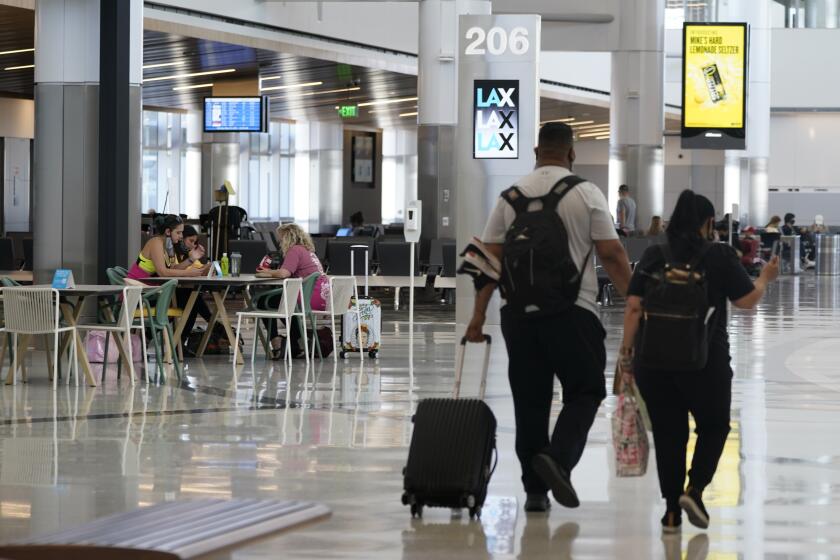Monorails
- Share via
One sure test of whether a person really knows anything about non-automotive passenger transport is if he advocates so-called monorail systems.
Over the years there have been several schemes that have found limited applications under specialized conditions; however, none has proved to be as practical for large-scale general transit systems as the traditional railway.
When BART system was in early design states in San Francisco, engineers considered every alternative mode short of Oklahoma wind-wagons, but steel wheels on parallel steel rails won out.
The most important advantage of railways is the ease of changing routes--just move the switch point a couple of inches and in a few seconds one can send a train in a different direction, bypass a trouble spot or bring an extra train on line to cope with heavy traffic.
This has been great weakness of non-conventional transit schemes: their inflexibility. Add the fact that they are mechanical oddities requiring all custom-made parts and are incapable of carrying metropolitan-scale traffic loads and one comes to the conclusion: Who needs them?
ROBERT L. DAVIS
Alhambra



